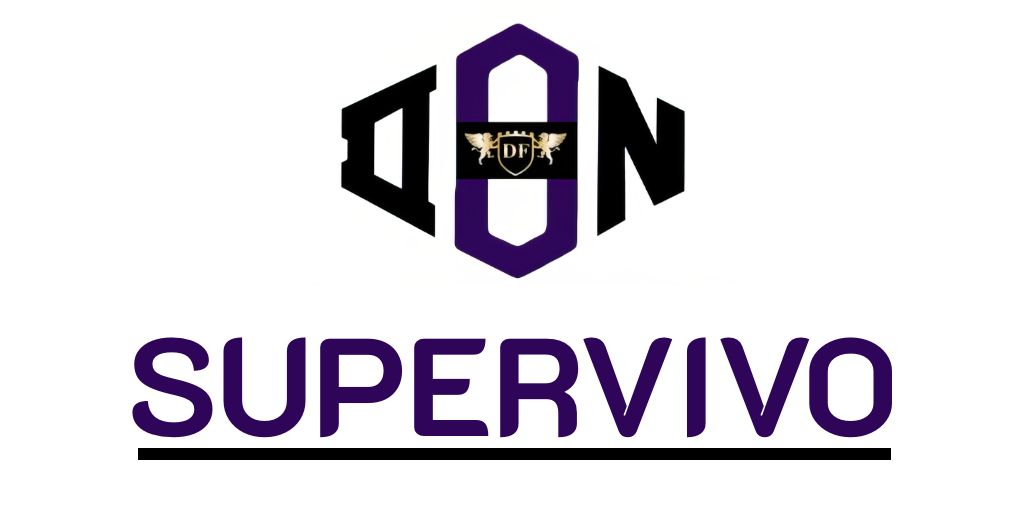As we stand on the brink of a technological revolution, the question of whether robots will soon assist in household chores is increasingly relevant. With rapid advancements in robotics technology and household automation, these innovative machines are poised to redefine the future of home cleaning. Market leaders are investing heavily in these smart solutions, suggesting a growing consumer interest in seamless automated households. This transformation hints at a future where domestic tasks become considerably easier, as robots take on responsibilities previously reserved for humans, paving the way for a cleaner, more efficient home environment.
The Rise of Household Robots
The emergence of household robots represents a significant shift in the way domestic tasks are approached. These innovative devices offer a glimpse into a future where manual chores are streamlined through advanced robot technology. Understanding what constitutes a household robot provides valuable insight into their advantages.
What Are Household Robots?
Household robots encompass a variety of automated devices designed to assist with everyday chores. Examples include robotic vacuum cleaners, such as the Roomba, lawn mowers like the Husqvarna Automower, and multifunction kitchen assistants such as the Thermomix. Each of these robots is tailored to simplify specific domestic tasks, allowing individuals to focus on more enjoyable activities or family time.
Benefits of Using Robots in Domestic Tasks
The benefits of robots in managing domestic tasks are considerable. Key advantages include:
- Improved Efficiency: Household robots can perform tasks more quickly than humans, optimising time spent on chores.
- Consistent Cleaning Standards: These devices maintain uniform standards of cleanliness, ensuring that homes remain tidy and well-kept.
- Time-Saving Opportunities: By delegating chores to robots, busy households can reclaim their valuable time for meaningful pursuits.
According to leading market research firms, user satisfaction rates for various household robots are remarkably high, reflecting the growing appreciation for the benefits of robots in everyday life. As technology advances, it becomes increasingly evident that household robots are not just a trend; they are a practical solution for modern living.

Will robots soon assist in household chores?
The question of whether robots will soon assist in household chores is more pressing than ever. Advances in robotics and artificial intelligence have made the possibility of integrating robotic helpers into everyday life a tangible reality. Predictions from industry experts suggest that we are on the brink of a revolution in home automation prospects, allowing families more time for relaxation and connection.
Technological innovations are continuously reshaping expectations about household management. Intelligent algorithms and machine learning enable robots to adapt to specific environments, offering solutions tailored to individual needs. This progress propels us towards a future where robots support our daily routines, transforming the way we tackle mundane tasks.
Consumer readiness stands out as a crucial factor influencing the pace of this shift. As people begin to embrace smart home technologies, the acceptance of robotic helpers becomes more achievable. Enthusiasm for future technology is growing, reflecting a willingness to enhance quality of life through automation.
Automation Technology in the Home
In a world increasingly focused on efficiency and convenience, automation technology stands at the forefront of transforming our living spaces. Home automation integrates various technological advancements to create a seamless environment, enhancing the comfort and functionality of daily life. Understanding this technology reveals its potential to streamline household tasks and elevate the overall quality of life.
Understanding Automation Technology
Automation technology encompasses smart sensors, AI-driven algorithms, and interconnected devices that work together to facilitate home operations. Systems such as smart thermostats and intelligent lighting exemplify these innovations, allowing for tailored settings that adapt to individual preferences and lifestyle changes. The integration of daily life automation within the home allows families to focus on what truly matters while the technology manages routine tasks.
The Role of Automation in Everyday Life
This transformation in household management delivers significant advantages. With tools like home automation apps, individuals can control appliances, lighting, and security systems remotely. These systems often use machine learning to predict user needs, creating an experience that is both intuitive and efficient. Case studies highlight successful applications, such as automated climate control systems, which not only reduce energy consumption but also enhance comfort throughout the year.
Smart Homes and Robotic Helpers
As the concept of smart homes becomes increasingly prevalent, the introduction of robotic helpers revolutionises how households function. The merging of smart technologies with robotic aids transforms daily routines, simplifying home management and enhancing convenience.
Integration of Smart Appliances into Daily Routines
Smart appliances play a pivotal role in the modern domestic landscape. Devices such as the Roomba vacuum can be seamlessly integrated into smart home ecosystems. This integration allows users to command their robotic helpers through voice assistants like Amazon Alexa, creating a harmonious environment where tasks are automated and streamlined. The ease of appliance integration boosts efficiency, enabling households to manage multiple chores simultaneously.
How Robotic Helpers Transform Home Management
Robotic helpers offer significant advantages in home management, providing assistance with various tasks such as cleaning and monitoring. These devices reduce physical labour and free up valuable time for families. The combination of smart technologies and robotic helpers not only enhances convenience but also fosters a more organised living space. By adopting these innovative solutions, homes can optimise their functionalities, making everyday tasks feel effortless.
Innovative Household Solutions on the Market
The landscape of home management is evolving rapidly, thanks to innovative household solutions that are now widely available. Companies are relentlessly pushing the boundaries of technology, aiming to simplify domestic chores. Among these advancements, robotic vacuum cleaners have become increasingly popular, showcasing the potential for automation in everyday tasks.
Overview of Current Household Robots
Numerous models of household robots are currently on the market, each offering unique functionalities tailored to various household needs. Key players such as iRobot Roomba, Neato Robotics, and Shark IQ have developed models that excel in navigation, suction power, and smart technology integration. These devices not only clean efficiently but also adapt to different floor types, making them versatile for any home environment.
Comparison of Popular Robotic Vacuum Cleaners
When considering robotic vacuum cleaners, a market comparison across available models highlights their features, prices, and user satisfaction.
- iRobot Roomba: Known for its smart mapping and exceptional dirt detection, the Roomba series is a favourite for its reliability and performance in pet hair removal.
- Neato Robotics: Featuring a unique D-shape design, Neato models are effective for reaching corners and edges, ideal for homes with complex layouts.
- Shark IQ: This model offers self-emptying capabilities, combining convenience with innovation, appealing to those looking for maintenance-free options.
User reviews often praise the effectiveness of these innovative household solutions, while expert opinions highlight the importance of considering individual needs when selecting a robotic vacuum cleaner. Each model presents different strengths and weaknesses, emphasising that the ideal choice depends on the specific requirements of the home environment.
The Future of Home Cleaning
The landscape of home cleaning is evolving rapidly, driven by advances in technology that promise to revolutionise how we maintain our living spaces. As we look ahead, several key robotic technology trends will shape this future. The integration of smart systems will enhance the efficiency of cleaning processes, making home upkeep less labour-intensive.
Trends in Robotic Technology Development
Innovations in artificial intelligence are paving the way for more intuitive robotic cleaners. These systems will be equipped with features such as advanced navigation capabilities that allow them to learn and adapt to the unique layouts of homes. Enhanced sensor technologies will enable these robots to detect debris and navigate around obstacles with ease. The ongoing evolution of these robotic technology trends not only provides a glimpse into the future of home cleaning but also sets the stage for a more effective approach to domestic chores.
Emerging Innovations for Cleaning Tasks
Upcoming enhancements in robotic vacuums and other cleaning devices are poised to make significant differences in day-to-day cleaning tasks. Features such as self-emptying dustbins will reduce the need for regular maintenance, while advanced mapping technology will ensure thorough coverage of all areas in the home. As these cleaning task innovations gain traction, they will foster greater user acceptance, urging more households to adopt robotic solutions as a staple in their cleaning routines.
Challenges Facing Domestic Robots
As the market for household robotics continues to grow, several challenges persist that hinder the widespread acceptance of domestic robots. These challenges primarily stem from technology limitations, user adoption hurdles, and public perception. A thorough understanding of these issues is crucial to fostering innovation and improving the integration of robots into everyday life.
Limitations of Current Technology
The current generation of domestic robots faces significant technology limitations that can deter potential users. Problems such as inadequate battery life, inconsistent navigation capabilities, and high costs remain prominent barriers. As consumers seek convenient solutions to simplify their lives, these limitations must be addressed to ensure that the challenges of domestic robots do not overshadow their potential benefits.
User Adoption and Acceptance Issues
Moreover, user adoption of household robots is influenced by concerns surrounding privacy, reliability, and the learning curve associated with new technologies. Many individuals may hesitate to embrace robotic assistants due to fears of technical malfunctions or data privacy breaches. Clearly communicating the benefits and reliability of these technologies, along with user-friendly training resources, will play a vital role in improving consumer confidence and acceptance of robotics in the home.









